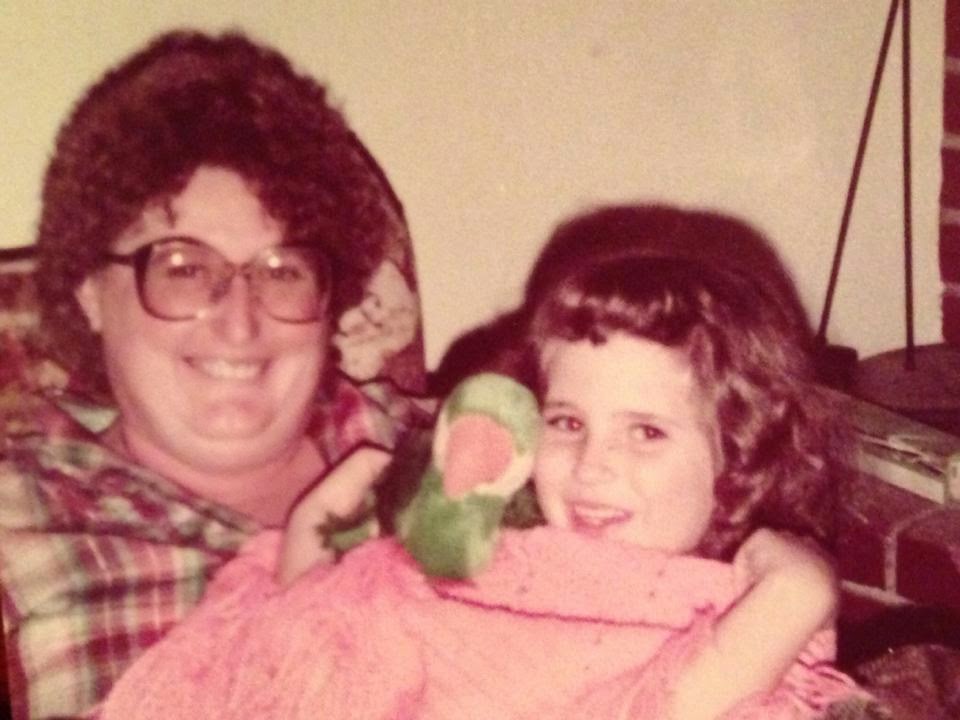The Mama Rule
Writing can be two dimensional - literally black (font) & white (background). Talented, professional writers mold their words into third and even fourth dimensions with carefully chosen words and sentence structure. They create worlds with the stroke of a pen, such as the world of Michael Ende in The Neverending Story.
Effective writing is not simply the organization of coherent sentences; rather, effective writers, explains the University of Washington Faculty Web Server, "must also think about the style, tone and clarity of his/her writing, and adapt these elements to the reading audience." Talented writers have the ability to convey emotion and personal expression by anticipating their diverse audience's reaction to each written word and sentence.
 When I was in sixth grade, I begged my parents for a personal phone line in my bedroom. My parents, frugal with finances and stern with my upbringing, told me, "No." My brothers, in an attempt to gain some privacy, would take the long phone cable outside. Of course, our house was busy, so privacy was never guaranteed. When the portable phone came out, we learned how to pick up the second phone and quietly listen to our siblings' conversations. Privacy, at least in my family, was not a right.
When I was in sixth grade, I begged my parents for a personal phone line in my bedroom. My parents, frugal with finances and stern with my upbringing, told me, "No." My brothers, in an attempt to gain some privacy, would take the long phone cable outside. Of course, our house was busy, so privacy was never guaranteed. When the portable phone came out, we learned how to pick up the second phone and quietly listen to our siblings' conversations. Privacy, at least in my family, was not a right.
However, most social media writing is not written by talented, professional writers. Many text messages on a phone, Snapchat, Instagram, Facebook, Twitter, etc, are written with very little forethought, revision, or self-filtering. Without forethought, the social media writer cannot anticipate the diverse audience's reaction. Without the opportunity to revise, the social media writer cannot perfect word choice and improve clarity. Without self-filtering, some social media comments appear just plain mean.
Of course, writing teachers can instruct student social media writers to use forethought, revision, and self-filtering. However, we writing teachers also need to instruct our students that no typed text (or digital image) is ever truly private.
Of course, writing teachers can instruct student social media writers to use forethought, revision, and self-filtering. However, we writing teachers also need to instruct our students that no typed text (or digital image) is ever truly private.
 When I was in sixth grade, I begged my parents for a personal phone line in my bedroom. My parents, frugal with finances and stern with my upbringing, told me, "No." My brothers, in an attempt to gain some privacy, would take the long phone cable outside. Of course, our house was busy, so privacy was never guaranteed. When the portable phone came out, we learned how to pick up the second phone and quietly listen to our siblings' conversations. Privacy, at least in my family, was not a right.
When I was in sixth grade, I begged my parents for a personal phone line in my bedroom. My parents, frugal with finances and stern with my upbringing, told me, "No." My brothers, in an attempt to gain some privacy, would take the long phone cable outside. Of course, our house was busy, so privacy was never guaranteed. When the portable phone came out, we learned how to pick up the second phone and quietly listen to our siblings' conversations. Privacy, at least in my family, was not a right.
Private journals and diaries are different from conversations with friends. Private journals and diaries are conversations with ourselves as we clear our messy thoughts crowding our mind and where we learn to think for ourselves. Phone and social media communication is a conversation with peers where peers may think for us. When our mother walked into the kitchen, our phone conversations quickly changed because we were held accountable by a higher power - mom.
Social media is not bad. But contrary to what many youth believe, social media is not private. Most students do not set high privacy settings; other students use pseudonyms that can be tracked back to them. If a protective adult read the posts, students may react as though their "privacy" has been violated. Would students rather have a concerned adult hold them accountable or the pervert down the street?
Parents are the higher power who determine when their children - preteens and teens - are ready to create a positive Google footprint. Ideally, parents would allow their children to practice social media writing in a safe environment where mistakes are learning experiences and not metaphorical death sentences. Ideally, schools would support parents (not replace them) by teaching youth the difference between a private handwritten journal and a public online comment, text message, picture, or blog.
The true test of any public post is "The Mama Rule" - if you don't want your mama to read the post or view the picture - don't post it online.
* * *
Student Privacy: Four Rules to Teach Students How to Draw the Line Podcast.- Privacy, Paper Blogs & Meaningful Commenting
- The Right to be Forgotten
- The Mama Rule
- Review - Private Journal vs. Public Blog Chart
- The Lincoln Rule
- Kern CUE Presentation on Paper Blog
- The One Exception
- The Positive Google Footprint Rule - Your Resume
* * *
Effective Use of Language. UW Faculty Web Server. University of Washington, n.d. Web. 14 Sept. 2014.
Ende, Michael, and Ralph Manheim. The Neverending Story. London: Allen Lane, 1983. Print.



This comment has been removed by the author.
ReplyDeleteAhhh the good ole days ehh?? gc
ReplyDelete